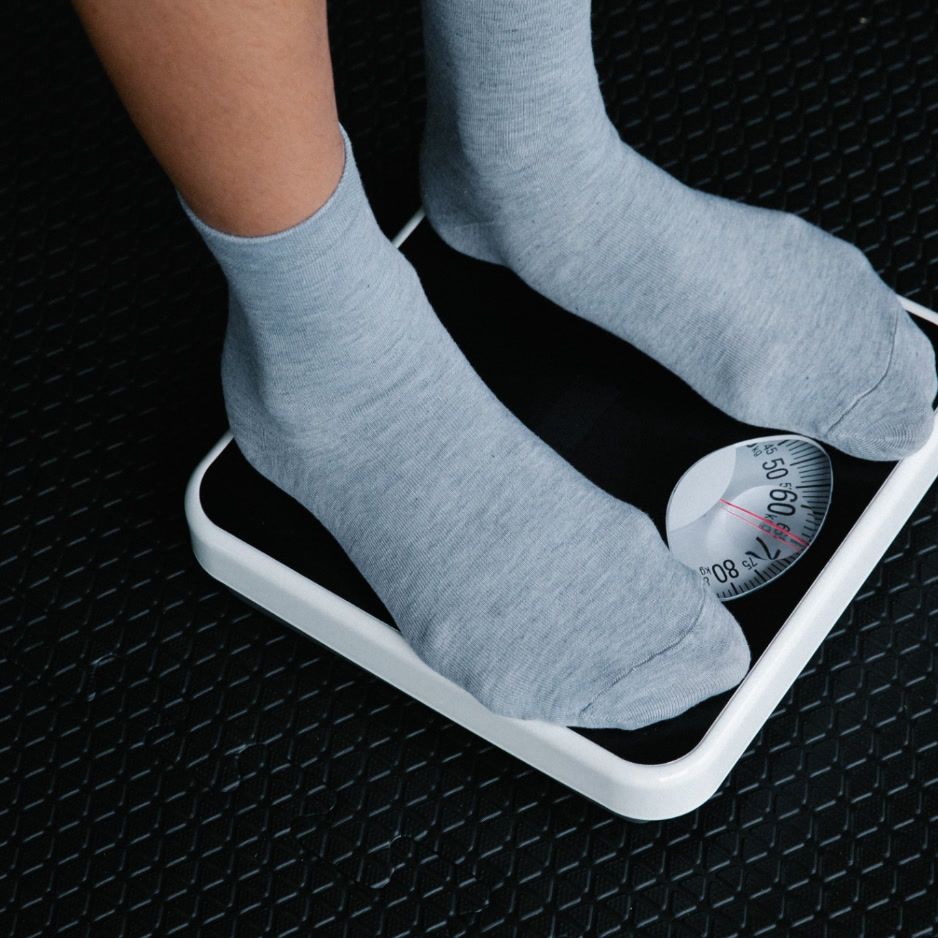What Are Muscle Knots? Causes, Symptoms & Relief

What Are Muscle Knots? Causes, Symptoms & Relief
Ever pressed into a sore spot on your neck or shoulder that felt like a tiny pea under the skin? That tender lump is what people call a muscle knot—a myofascial trigger point that can send pain zinging across seemingly unrelated areas of your body. In this guide, you’ll learn exactly what muscle knots are, why they crop up, and science-backed strategies to treat and—better yet—prevent them.
Quick Answer: What Are Muscle Knots?
A muscle knot is a hyper-irritable nodule inside a taut band of skeletal muscle or fascia. Researchers classify them as active (spontaneously painful) or latent (painful only when pressed). These knots limit blood flow, keep muscle fibers stuck in a shortened position, and can trigger local or referred pain (Bron 2012).
Table of Contents
- How to Spot a Muscle Knot
- The Physiology Behind the Knot
- Top Causes & Risk Factors
- Home Remedies That Actually Work
- Professional Treatments & When to Seek Help
- Prevention: 5 Daily Habits to Stay Knot-Free
- Muscle Knot Myths—Busted
- FAQs
- Takeaway & Next Steps
1. How to Spot a Muscle Knot
| Symptom | What It Feels Like | Why It Happens |
|---|---|---|
| Palpable lump | A pea-sized (or larger) bump inside the muscle | Sustained sarcomere contraction keeps fibers bunched up |
| Local pain | Achy, dull, or sharp tenderness | Reduced blood flow & nerve irritation |
| Referred pain | Pain radiates to another area (e.g., shoulder knot causing headache) | Shared neural pathways |
| Reduced range of motion | Stiffness when turning neck or lifting arm | Muscle guarding |
| Twitch response | Involuntary “jump” when pressed | Spinal reflex loop |
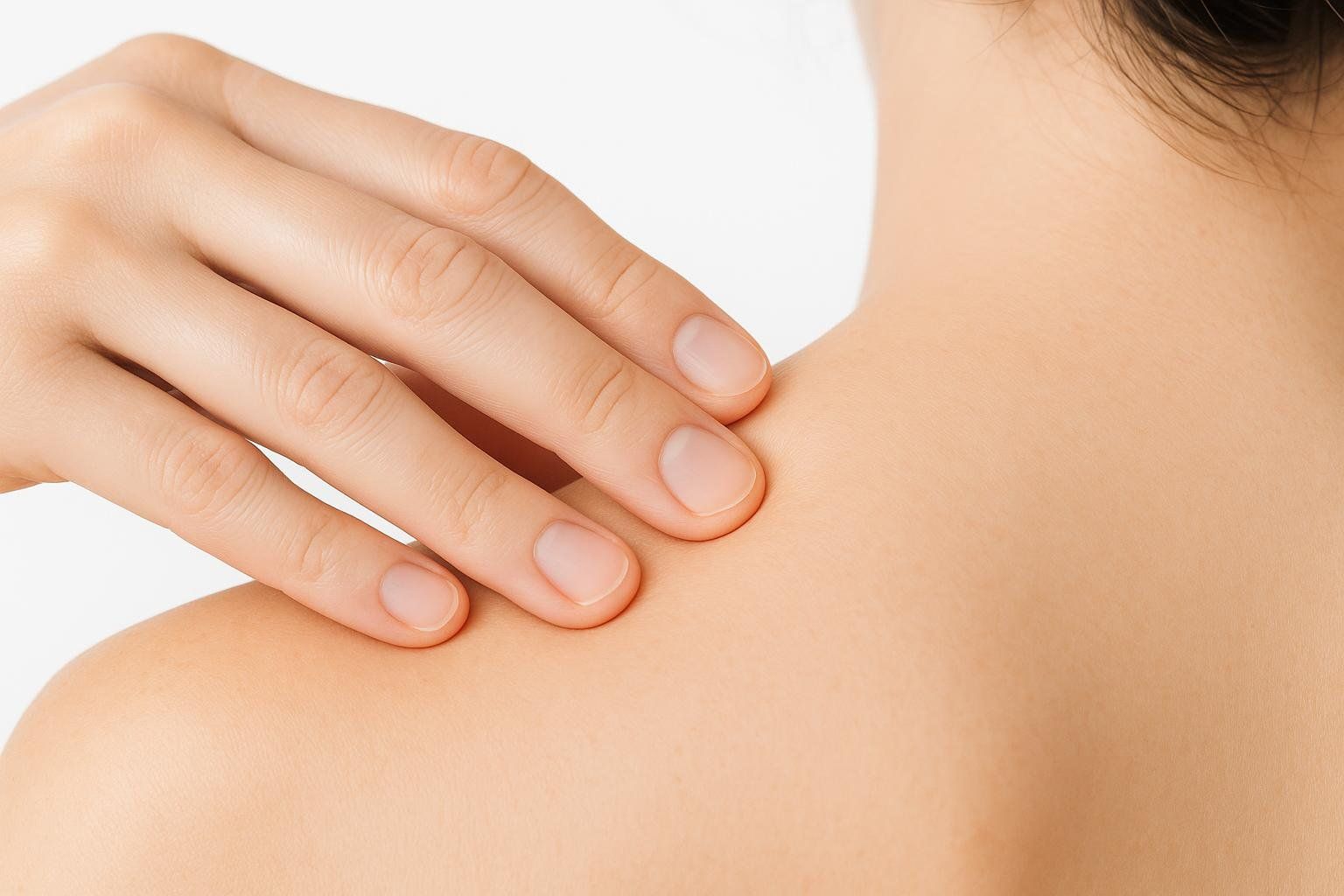
Common locations: upper trapezius, levator scapulae, glutes, calves, and low back (Medical News Today).
Pro tip: Run two fingers slowly across the muscle. A knot often feels like a guitar pick wedged in a rubber band.
2. The Physiology Behind the Knot
The current leading theory centers on dysfunctional neuromuscular endplates:
- Repetitive stress or acute trauma floods the area with calcium ions.
- Sarcomeres stay partially contracted, throttling off local circulation.
- Ischemia and metabolic waste build-up sensitize nearby nerves, creating pain and more contraction—a vicious cycle (Shah 2015).
Think of it as a traffic jam inside the muscle: cars (blood) can’t move, so toxins accumulate and engines (muscle fibers) overheat.
3. Top Causes & Risk Factors
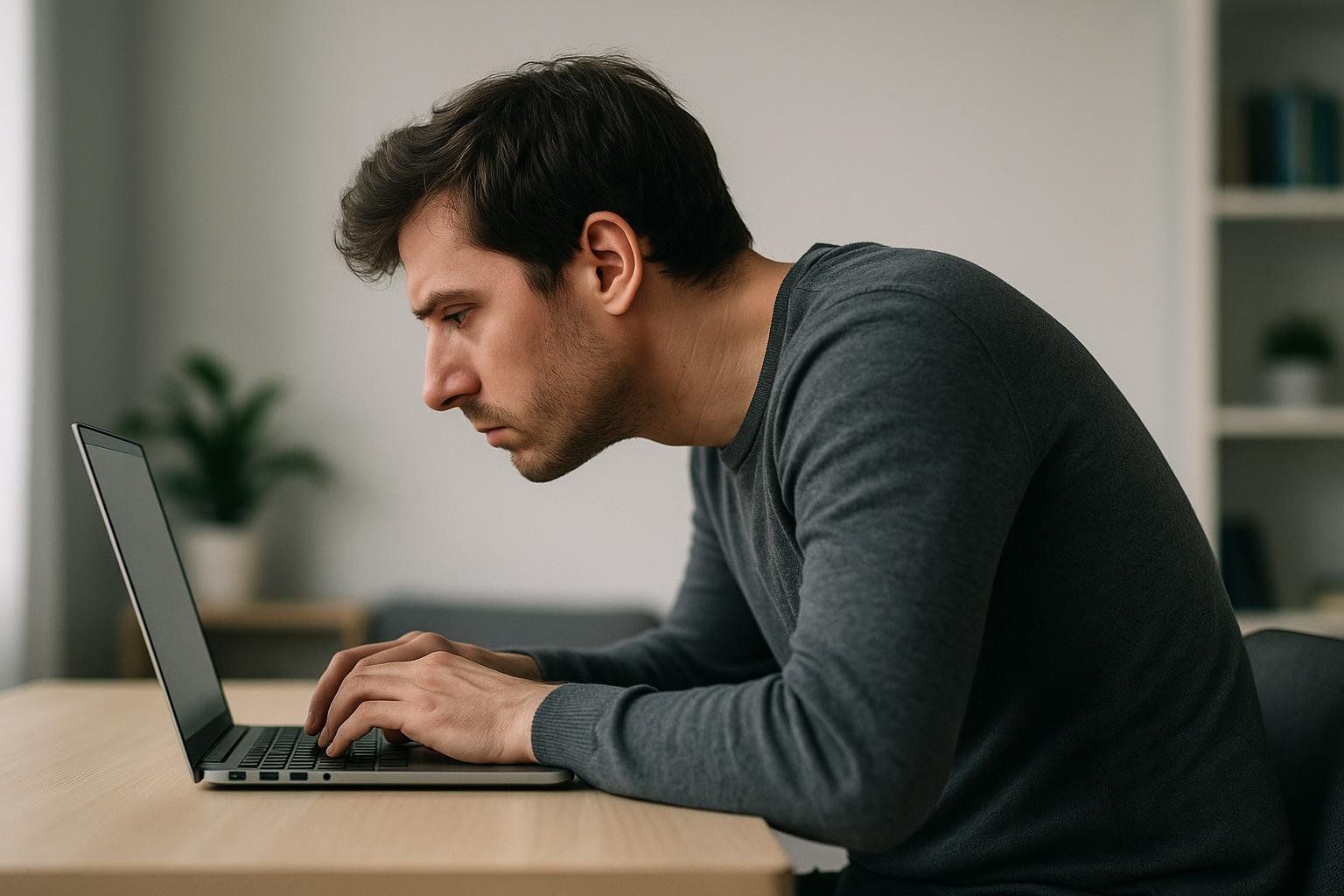
- Poor posture — Continuous forward-head or rounded-shoulder positioning loads neck and shoulder fibers.
- Prolonged sitting or immobilization — Desk work, long drives, or wearing a sling limit movement and blood flow.
- Overuse or sudden training spikes — Jumping into heavy deadlifts after months off shocks muscle tissue.
- Stress & shallow breathing — Heightened sympathetic tone keeps muscles “on.”
- Dehydration & electrolyte gaps — Impair normal muscle relaxation.
- Sleep debt — Slows tissue recovery and increases pain sensitivity.
High phone screen time combined with low daily water intake can be major risk factors for developing trigger points.
4. Home Remedies That Actually Work
Below is a zero-equipment protocol you can start today. Combine 2–3 methods for best results.
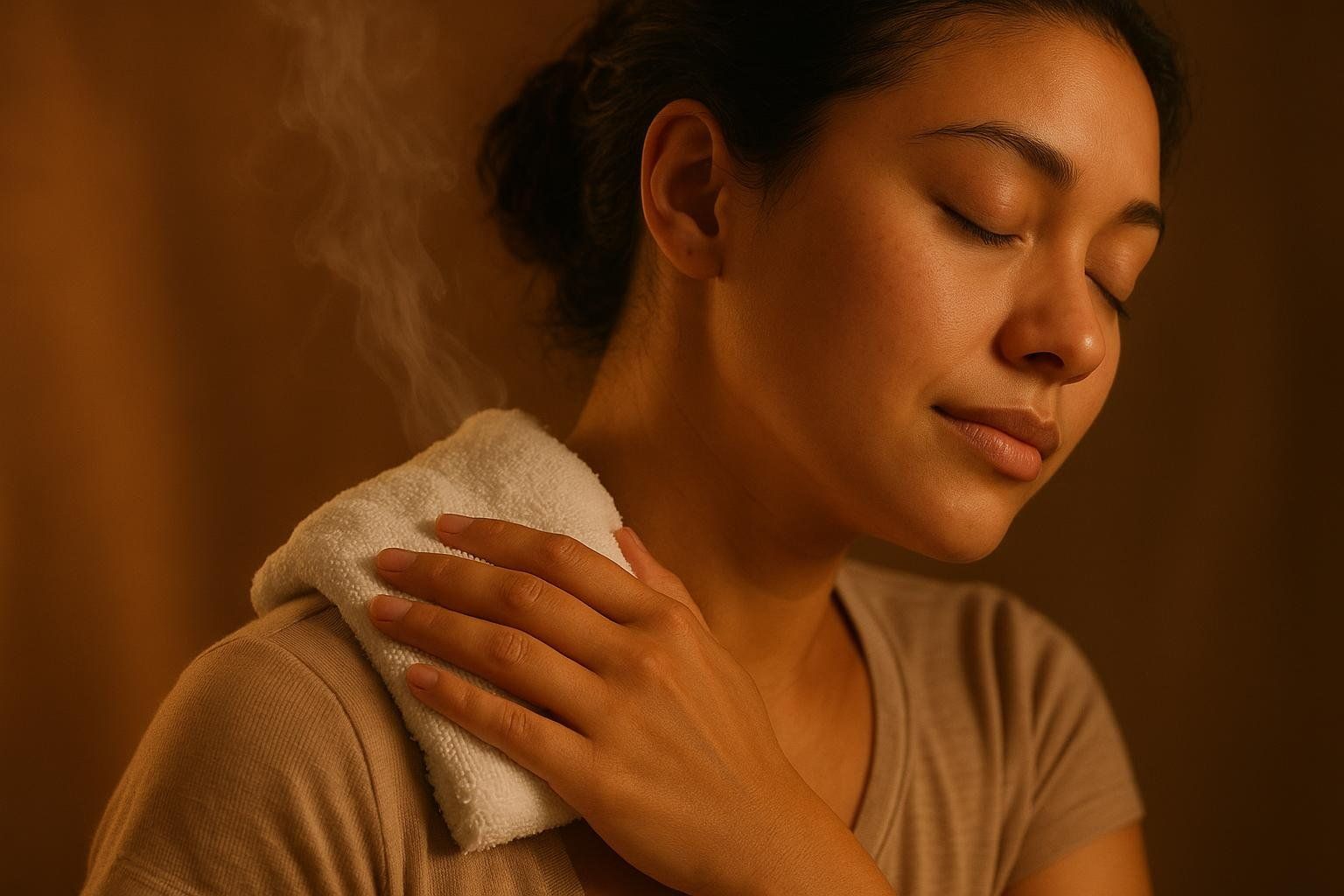
| Technique | How To | Science Snapshot |
|---|---|---|
| Heat therapy | 10–15 min warm compress or shower | Increases blood flow, reduces muscle spindle sensitivity |
| Static stretching | Hold 30 s × 3 sets | Improves extensibility; modulates pain via gate-control theory |
| Self-massage (tennis ball or foam roller) | Apply steady pressure 60–90 s | Creates local ischemic compression, then reactive hyperemia |
| Diaphragmatic breathing | 5 min, 5-5 s inhale-exhale cycles | Activates parasympathetic system, lowers muscle tone |
| Mobility circuits | Try our 10-minute desk routine → mobility drills for office workers | Movement disperses inflammatory metabolites |
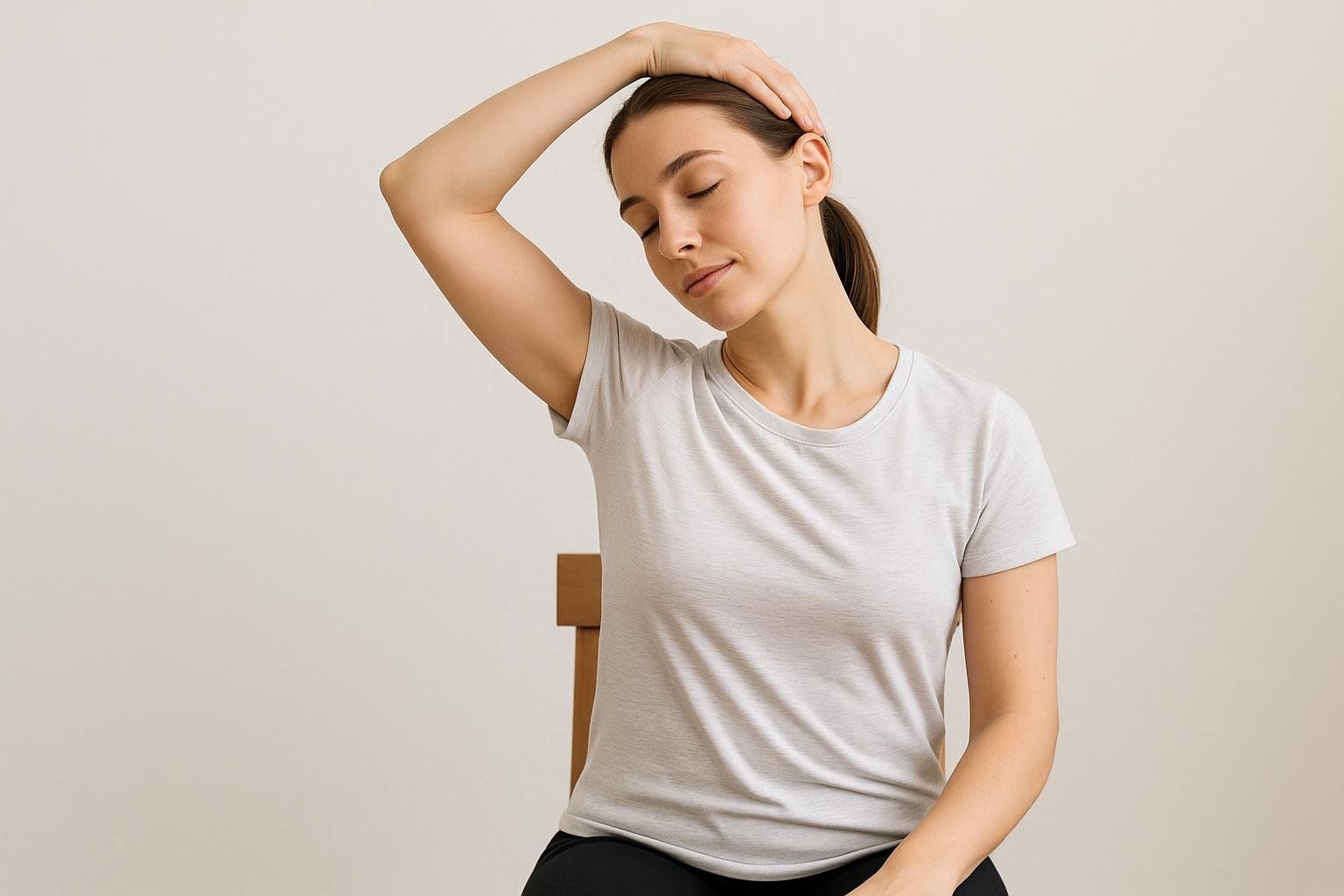
Need visual guidance? Follow the foam-rolling demo in our 10-minute routine.
5. Professional Treatments & When to Seek Help

| Treatment | Best For | Evidence Snapshot |
|---|---|---|
| Trigger-point massage | General knots, stress-related pain | Systematic review showed modest pain relief for orofacial TrPs (Müggenborg 2023). |
| Dry needling | Deep, stubborn knots; limited ROM | Meta-analysis found significant pain & disability reduction in low-back MPS (Dach 2023). |
| Physical therapy | Post-injury or repetitive strain | Combines manual work + corrective exercise; guideline-supported (Mayo Clinic). |
| Trigger-point injections | Refractory cases causing migraines or severe sleep loss | Randomized trials report faster short-term relief vs. NSAIDs (Cureus 2024). |
| Low-level laser / ultrasound | Athletes needing rapid recovery | Small RCTs show improved pressure-pain threshold; evidence still emerging (Tsai 2024). |
Red flags—call a pro if you notice:
- Numbness down a limb.
- Night sweats or unexplained weight loss.
- Severe, escalating pain that limits basic tasks.
6. Prevention: 5 Daily Habits to Stay Knot-Free
- Upgrade your desk ergonomics. Monitor at eye level, elbows at 90°, feet flat.
- Move every 30 minutes. Two minutes of walking flips your metabolic switch.
- Hydrate & fuel muscles. Aim for 0.6–0.8 oz of fluid per lb body weight; include magnesium-rich foods.
- Balance your workouts. Pair heavy lifting with mobility work—see our back muscle anatomy guide.
- Down-regulate stress daily. Try 5 minutes of TRE trembling → our step-by-step guide to TRE exercises.
7. Muscle Knot Myths—Busted
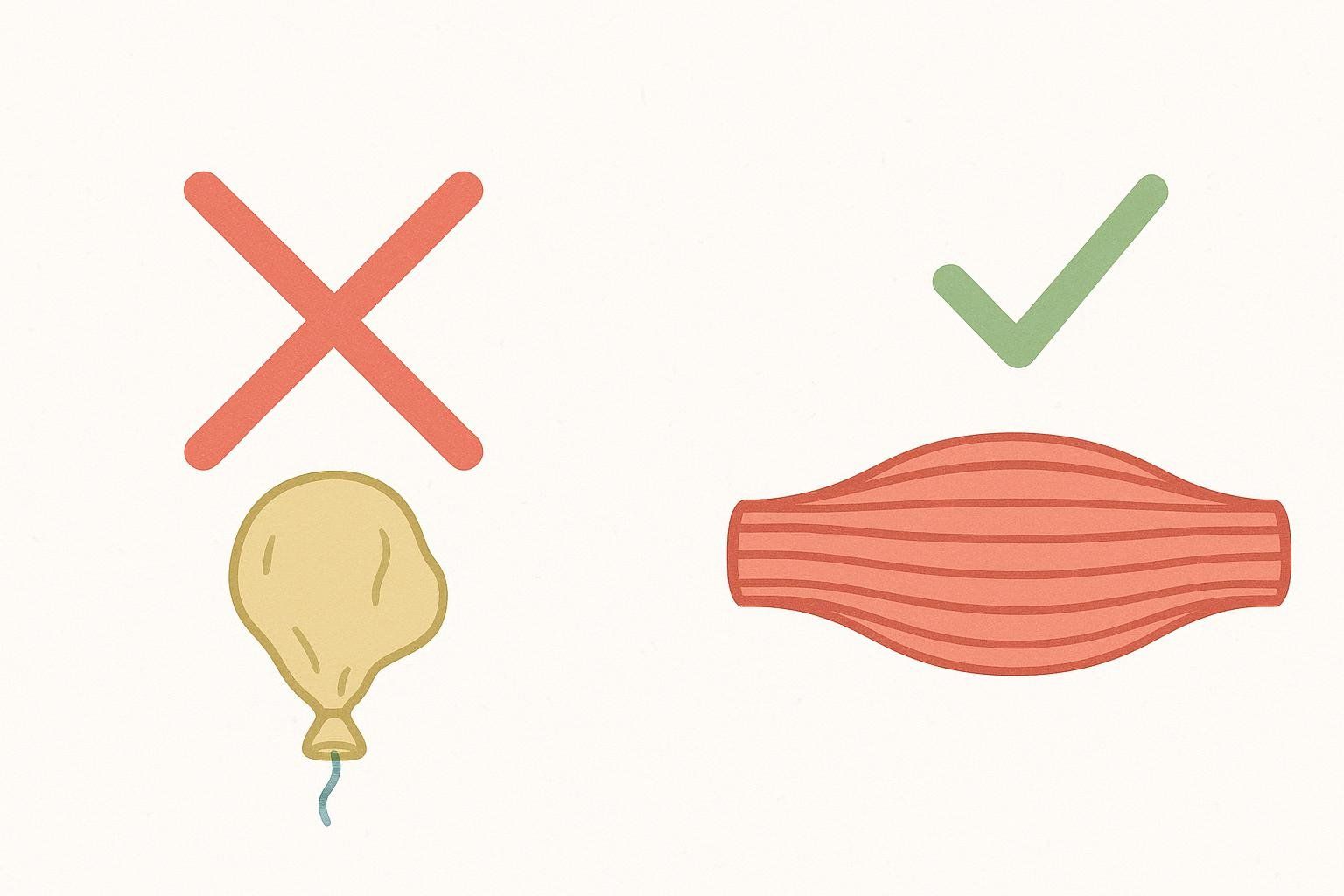
| Myth | Reality |
|---|---|
| “Knots are pockets of lactic acid.” | Lactic acid clears within 60 min post-exercise. Knots are sustained contractions, not acid balloons. |
| “You can just stretch them away.” | Stretching helps but often needs pressure or needling to fully release taut bands. |
| �“Massage spreads toxins around your body.” | No evidence of toxin release; massage mainly modulates blood flow and the nervous system. |
| “If it doesn’t hurt, it isn’t working.” | Aggressive pressure can cause protective guarding—aim for good pain, 5–6 / 10 on a discomfort scale. |
8. FAQs
How long does it take a muscle knot to go away?
Mild knots can resolve in a few days with consistent self-care; chronic knots may take weeks and professional help.
Are muscle knots dangerous?
Not usually, but persistent knots can alter movement patterns and increase injury risk.
Can a DEXA scan find muscle knots?
No, DEXA measures fat, lean tissue, and bone density—it can’t see individual trigger points. However, tracking lean-mass changes over time can indirectly confirm that your strength and recovery program is supporting overall muscle health—learn how DEXA scans track muscle health.
Why do I feel knots after sleeping?
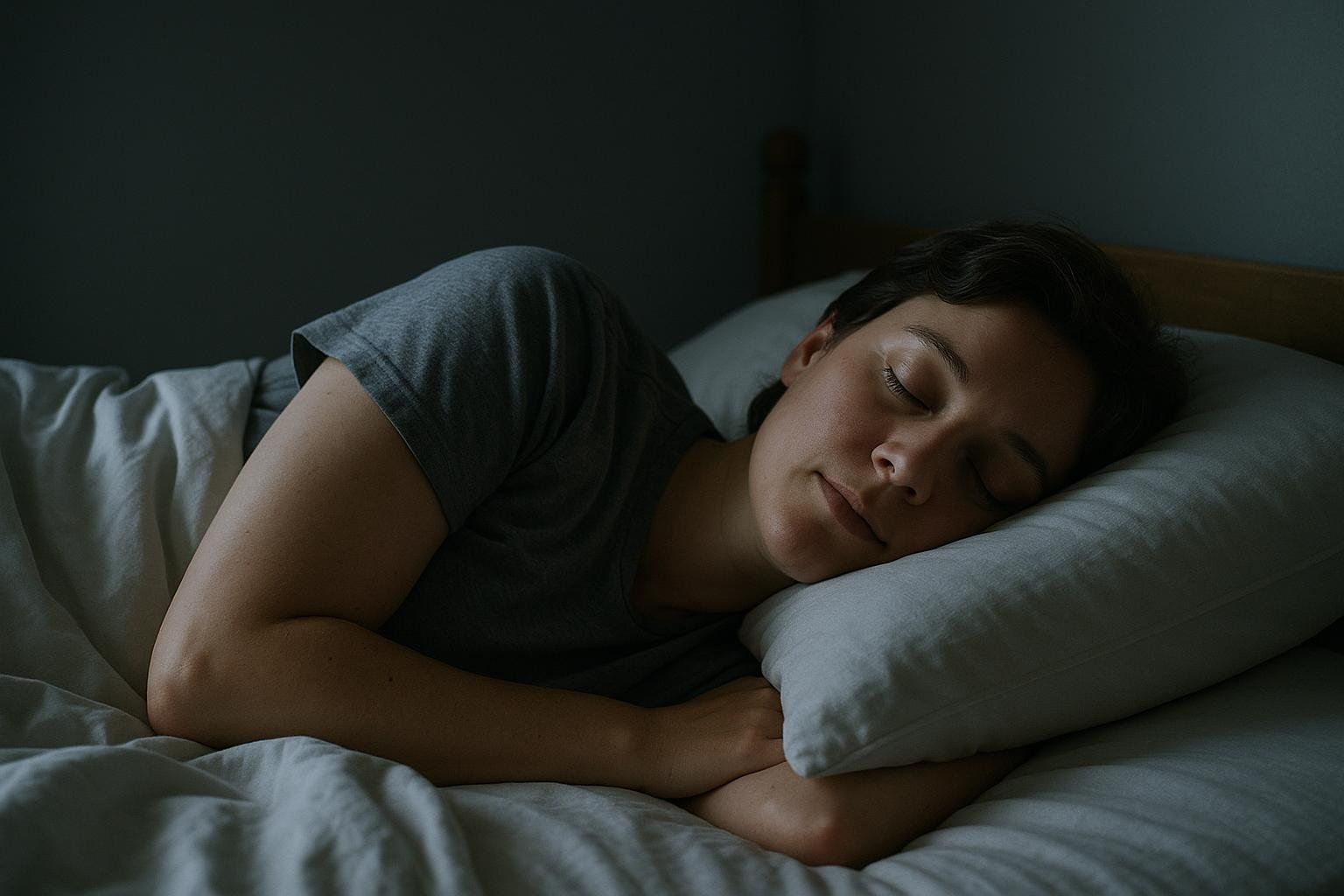
Side-sleepers often keep one shoulder protracted all night. Switch sides and use a supportive pillow to keep your neck neutral.
9. Takeaway & Next Steps
Muscle knots are small but mighty troublemakers. Identify them early, break the pain-spasm cycle with targeted pressure and movement, and build daily habits that keep your muscles supple. If you’re curious whether your training and recovery plan are improving overall muscle quality, periodic BodySpec DEXA scans can objectively track lean-mass trends and help you fine-tune your approach.
